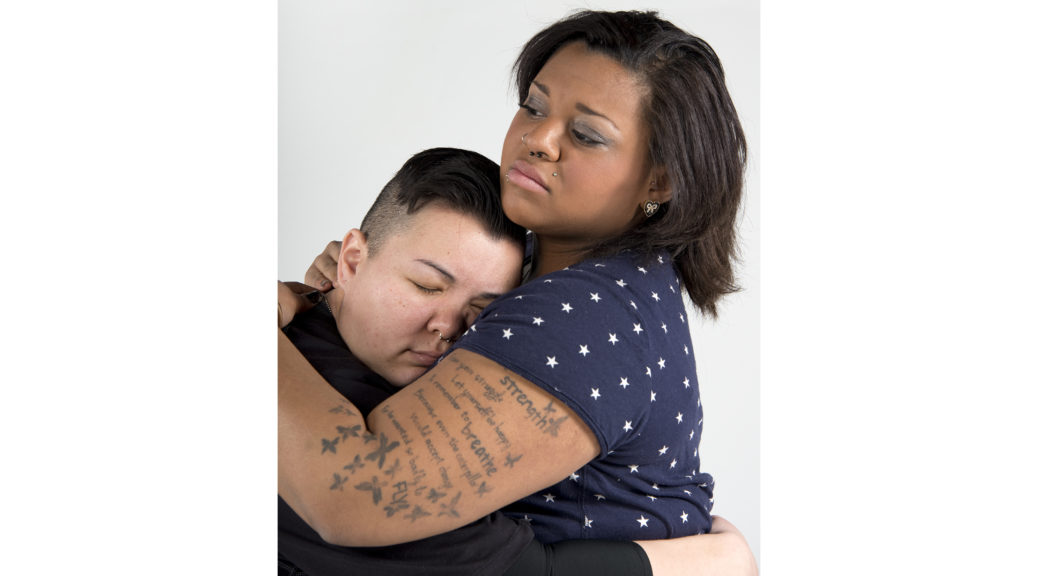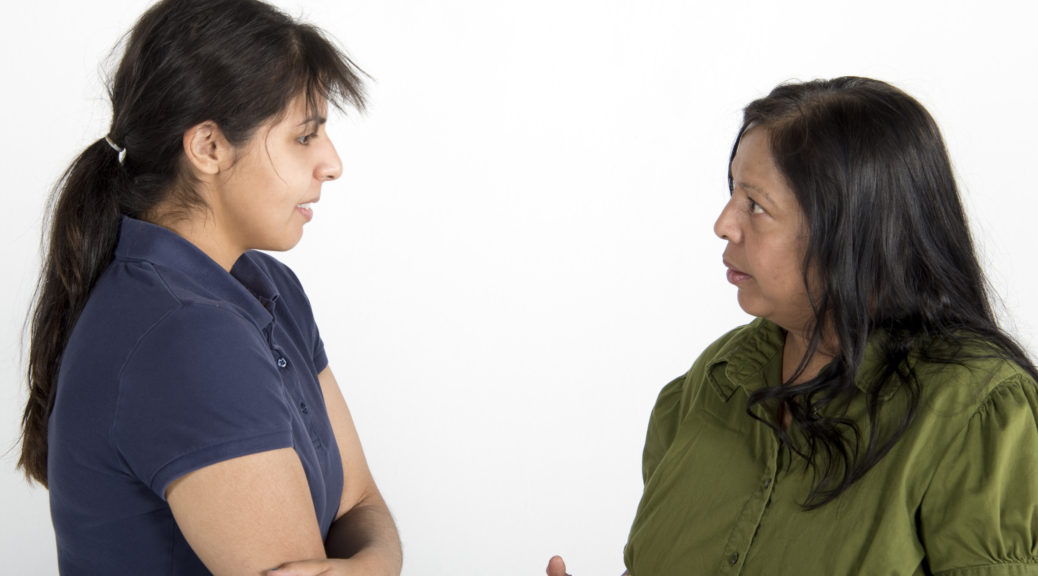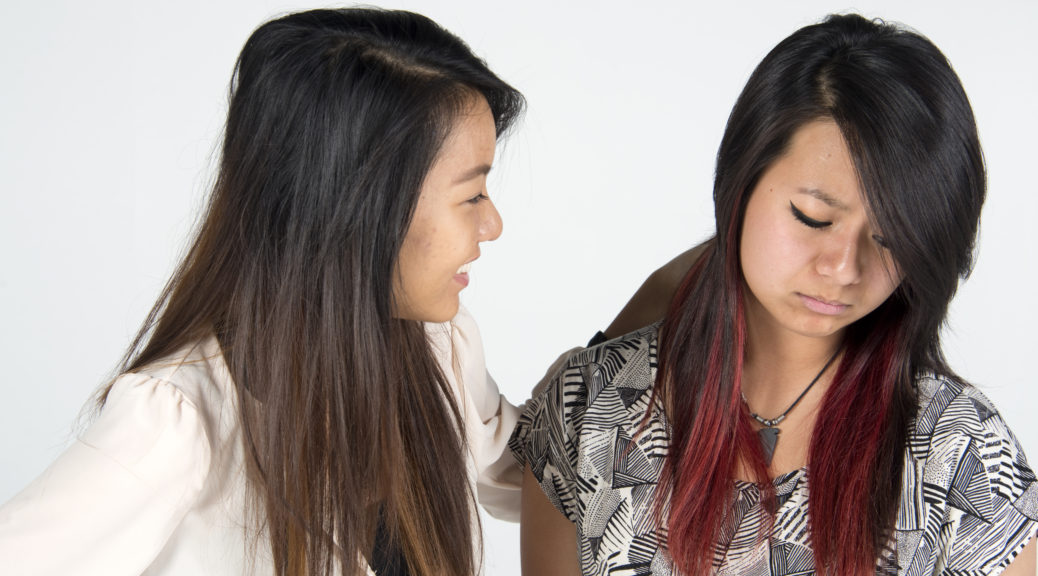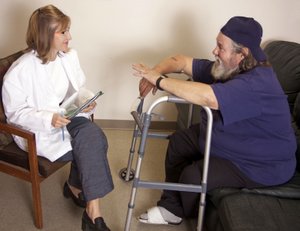Expressing Empathy: Part 3
Tips for Showing Empathy: Strategies for Becoming More Empathic
Nonverbal Communication
- Listen to what is not being said. Pay attention to the nonverbal cues being sent by you and the other person.
- Face the person. Keep your body posture relaxed and open. Lean toward the person.
- Maintain eye contact. Mimic their facial expressions –be careful that your expression is not blank or frowning.
- Physical contact, such as a hug or touching the person’s arm, may be helpful.
- Recognize what you are feeling, especially negative feelings.
Verbal Communication
What to Say:
- If possible, talk in a place that is comfortable and will have minimal interruptions.
- Allow the person to talk uninterrupted.
- Ask open-ended questions. This lets the person know that you’re willing to listen. Example – How are you doing with this? Would it help to talk about this? Is there something troubling you? What are you feeling?
- Use a pleasant tone of voice.
- Statements you might say:
- “You seem worried.”
- “I see why you are concerned about this.”
- “Tell me more about what is worrying you.”
- “I will be here for you.”
- “It sounds like you are feeling…(fill in the blank).”
What Not to Say:
- Do not try to fix the problem, interpret or analyze what is happening, or argue.
- Do not preach, lecture, judge, blame or criticize. Avoid saying “should” or “ought to.”
- Do not minimize their fears by saying, “It will be fine” or “you’ll be OK” or “at least it isn’t…”
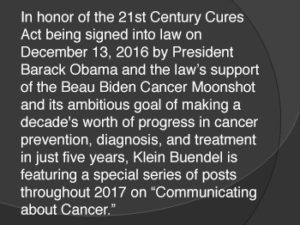
This research project was funded by a grant from the National Cancer Institute (CA144235; Dr. Wayne Beach, San Diego State University, Principal Investigator). Co-investigators included Dr. David Dozier from San Diego State University, and Mary Buller, Dr. Valerie Myers, and Dr. David Buller from Klein Buendel, Inc.
